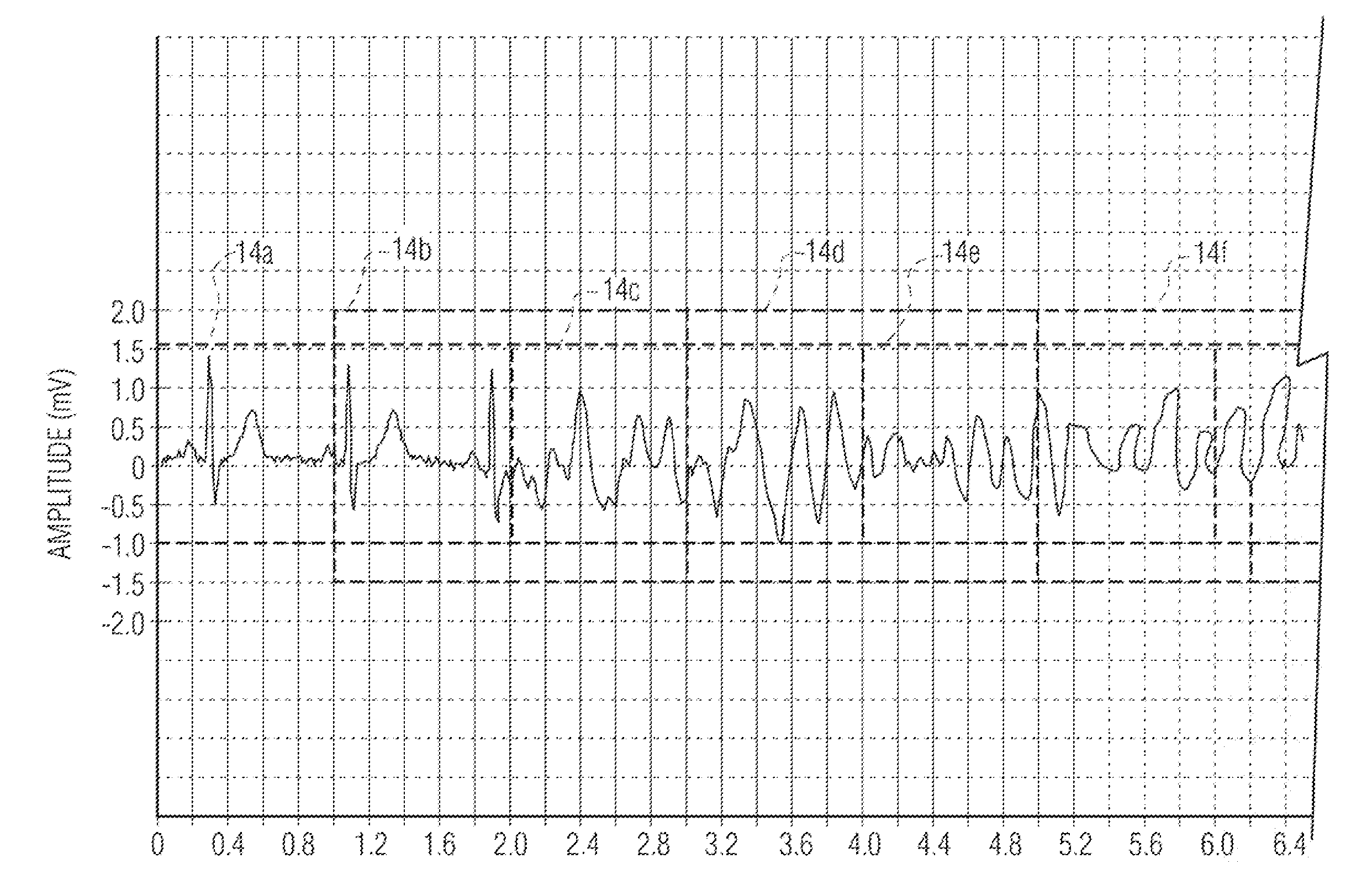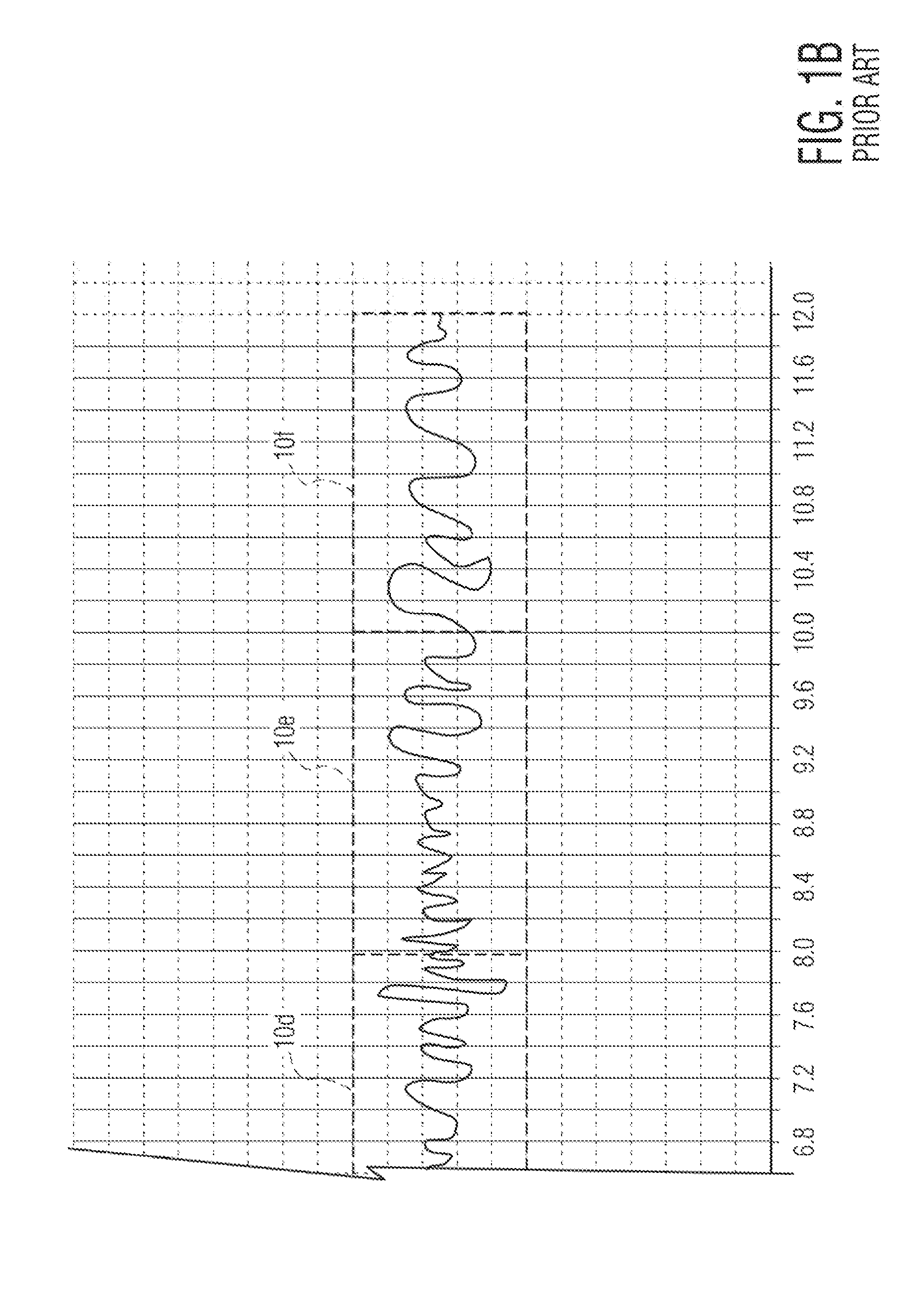Circuit and method for analyzing a patient's heart function using overlapping analysis windows
a technology of overlapping analysis and analysis window, which is applied in the field of electronic circuits and systems, can solve the problems of difficult operation, inability to administer cpr, and inability to accurately predict the heart function of a patient, so as to reduce or eliminate boundary problems, improve the accuracy per window, and improve the voting accuracy
- Summary
- Abstract
- Description
- Claims
- Application Information
AI Technical Summary
Benefits of technology
Problems solved by technology
Method used
Image
Examples
Embodiment Construction
[0025]FIGS. 3 and 4 illustrate overlapping-window analysis of an ECG according to respective embodiments of the invention. As discussed below, an AED using overlapping-window analysis often can diagnose a patient's heart condition more quickly and more accurately than an AED using contiguous-window analysis. Furthermore, an AED using overlapping-window analysis is often more immune to boundary problems than an AED using contiguous-window analysis. Moreover, although overlapping-window analysis is described below in terms of a portable AED analyzing an ECG, other types of medical equipment can use this technique to analyze other types of signals, such as an electrogram that represent a patient's heart activity, or an electroencephalogram that represents a patient's brain activity.
[0026]FIG. 3 illustrates an overlapping-window analysis of a portion of the ECG of FIG. 1 according to an embodiment of the invention. Like the contiguous ECG sections 10 of FIG. 1, each section 14 is two se...
PUM
 Login to View More
Login to View More Abstract
Description
Claims
Application Information
 Login to View More
Login to View More - R&D
- Intellectual Property
- Life Sciences
- Materials
- Tech Scout
- Unparalleled Data Quality
- Higher Quality Content
- 60% Fewer Hallucinations
Browse by: Latest US Patents, China's latest patents, Technical Efficacy Thesaurus, Application Domain, Technology Topic, Popular Technical Reports.
© 2025 PatSnap. All rights reserved.Legal|Privacy policy|Modern Slavery Act Transparency Statement|Sitemap|About US| Contact US: help@patsnap.com



